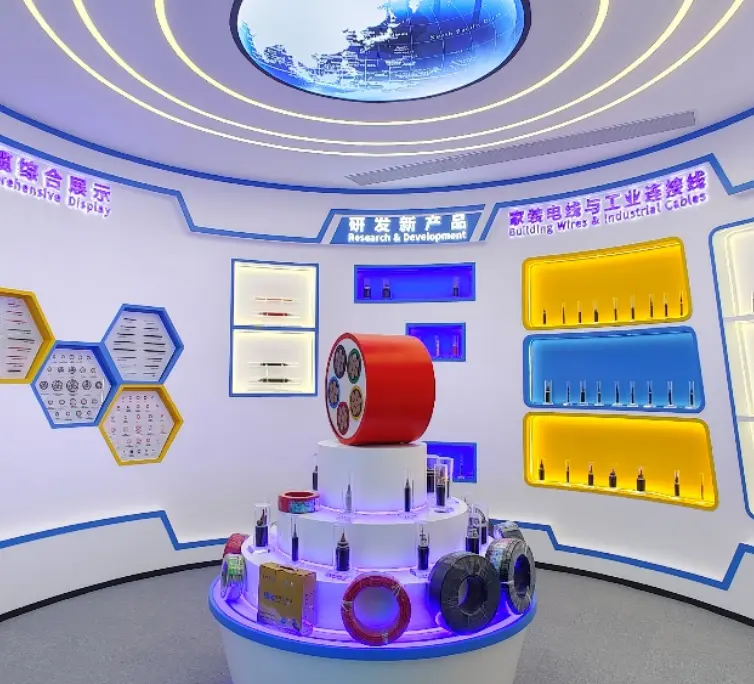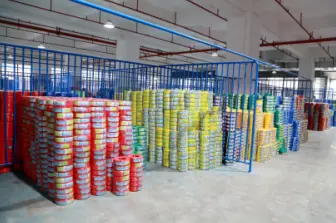What Are the Applications of Low Smoke Halogen-free Cables?
Understanding low-smoke halogen-free cables
Low-smoke zero-halogen cables do not produce any toxic gases and smoke, providing perfect protection for machines and the human body. Therefore, in densely populated areas, this type of low-smoke zero-halogen fiber optic cable equipment is generally chosen. The actual use of low-smoke halogen-free cables has very professional characteristics. Its production and design are very scientific and technological, adapting to the sound characteristics of the environment. Under high temperatures and any circumstances, its excellent safety standards do not release toxins and other issues, making it safer and more convenient for everyday use. Choosing low-smoke halogen-free cables improves the safety and quality of the environment and is commonly used in many buildings. To ensure the selection of genuine products, attention should also be paid to brand guarantees to achieve the desired safety benefits, emphasizing the methods of necessary conditions.
Applications of low-smoke halogen-free cables
Low-smoke zero-halogen cables do not produce harmful gases when burning and do not generate hydrochloric acid when in contact with water. The low-smoke zero-halogen sheath material is an environmentally friendly cable that does not emit toxic smoke when burned. Low-smoke zero-halogen cables can reduce the production of toxic and corrosive gases during combustion.
Low-smoke zero-halogen cables are commonly used in poorly ventilated environments such as aircraft, train carriages, or ships. In the railway industry, low-smoke halogen-free cables are also commonly used because there are high-voltage wires or signal wires for transmitting train positions beneath the railway. Using low-smoke halogen-free cables can also reduce the accumulation of toxic gases when the line is damaged due to fire or short circuits. In the railway or shipbuilding industries, one of the basic requirements is to protect personnel and equipment from toxic and corrosive gases. Low-smoke zero-halogen cables are required for the outer layer of wires and cables in these applications.
As we can see, although low-smoke halogen-free cables have been around for decades, their use has just started to accelerate. There is no alliance or organization actively promoting low-smoke halogen-free cables, nor are there scenarios where low-smoke halogen-free cables should be used, and even low-smoke halogen-free cable manufacturers do not know how to describe them on their websites or specifications. Fortunately, this situation is improving as UL decided to include low-smoke halogen-free cables and LSF in its certification testing program. Let's hope this momentum continues rather than waiting for another serious fire before taking action. In the meantime, designers and electrical engineers can choose ready-made low-smoke halogen-free cables or specify customized application standards that low-smoke halogen-free cables must meet as needed.
Latest News & Blog
 English
English  français
français  Deutsch
Deutsch  العربية
العربية  tiếng việt
tiếng việt  ไทย
ไทย  čeština
čeština  Indonesia
Indonesia  Eesti
Eesti  български
български  slovenčina
slovenčina 



